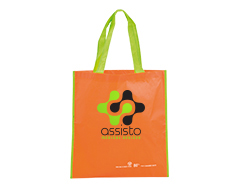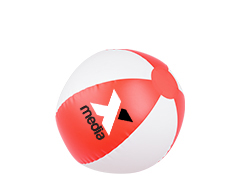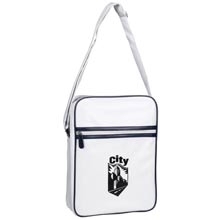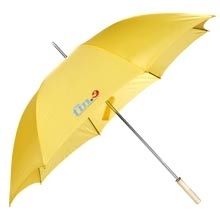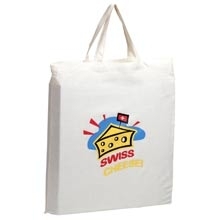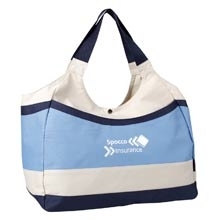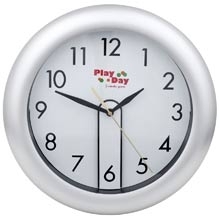The screen printing technique has a very long history - it comes from the so-called stencil painting, known since ancient times. In this method, the key device is a screen. Some of the meshes in the screen are sealed, while the free meshes create a matrix. During printing, thick, greasy paint is spread over the entire surface of the mesh using a squeegee. However, it only squeezes through the free meshes directly onto the marked advertising article. In this way, an effective advertising print is created.
The print is made using pantone colors (C palette), without the possibility of obtaining tonal transitions. Each color is priced separately.
Advantages of screen printing:
- Wide application - screen printing is used on many types of materials, e.g.: cotton, knitwear, plastics, wood
- Durability- in the screen printing technique we use very durable printing inks - they are resistant to, among others, to moisture, UV radiation, mechanical damage, washing
- Color saturation - a large amount of paint is used in screen printing, thanks to which it is possible to obtain very expressive and fully saturated colors
- Price - technology attractive in terms of price both when marking single copies and in the case of entire series
- Versatility - screen printing can be performed on both flat and cylindrical surfaces
Examples of use:
